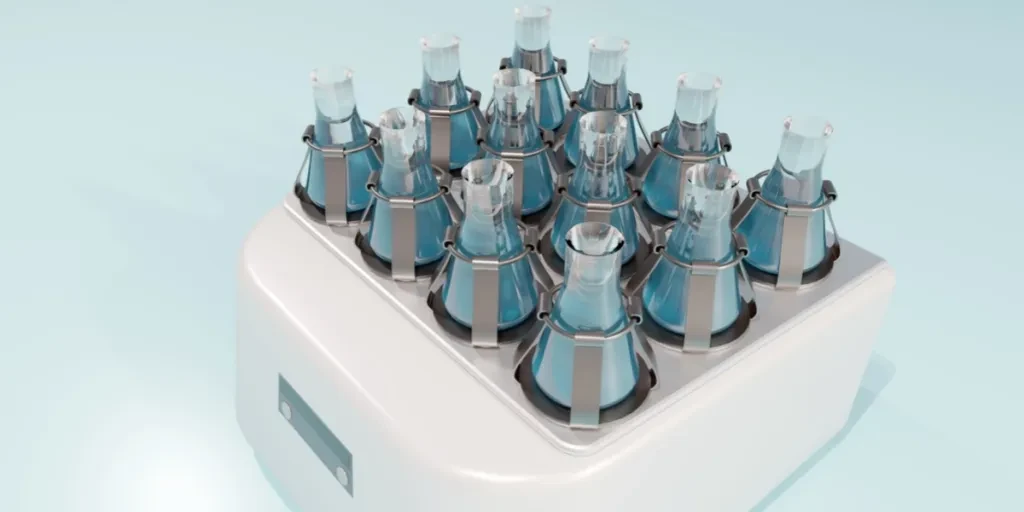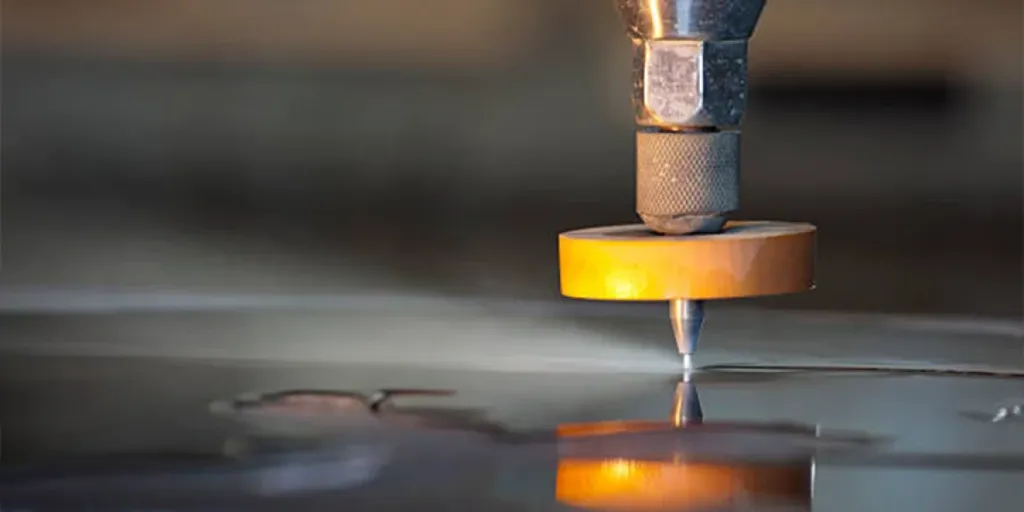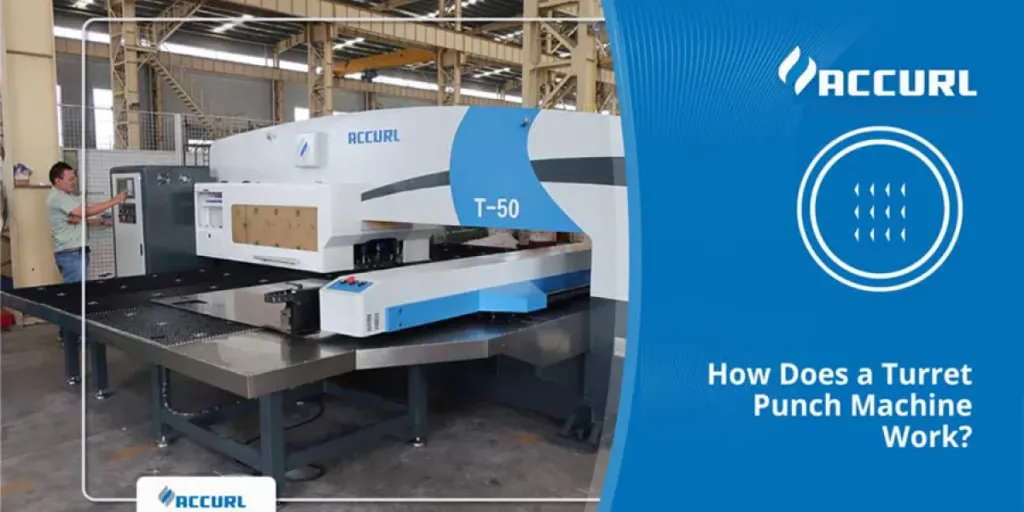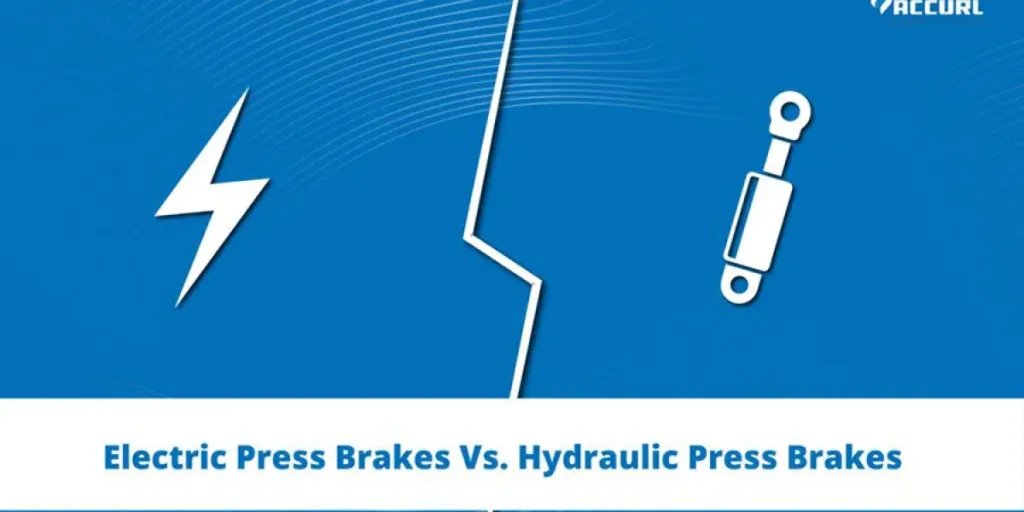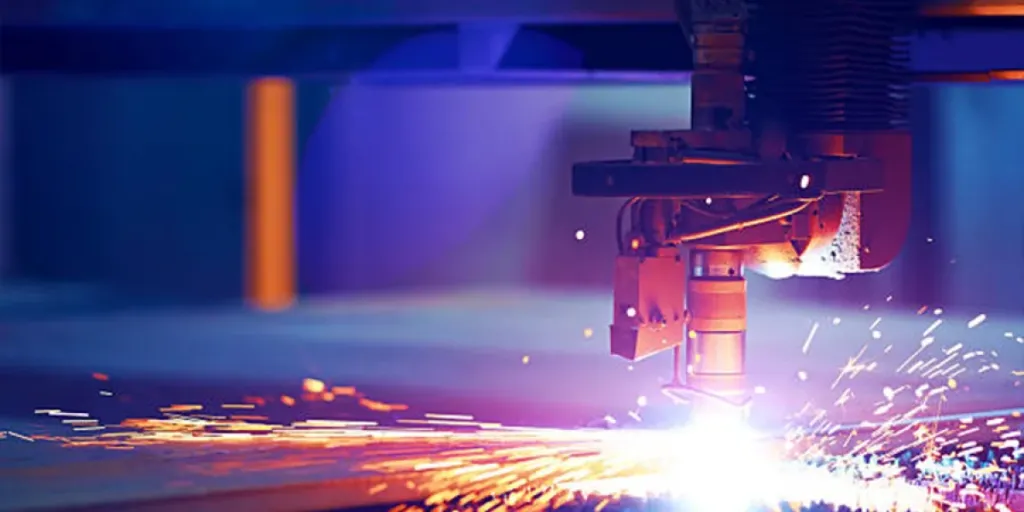Shaker machines come in a wide range of types, designs, and uses, from small countertop models to large industrial versions. This article looks at the various types, how they work, and how they are used in commercial and industrial environments, with examples of the different ranges of machines available.
Table of Contents
The global market for shaker machines
What are shaker machines?
Laboratory shakers
Paint shakers
Sieve shaker machines
Shale shaker machines
Domestic or commercial sieve shaker machines
Exercise shakers
Final thoughts
The global market for shaker machines
The global market for shaker machines is buoyant and consistent, but differs by the types of machines and their application.
Across the board, the smallest global revenue market is for the exercise and weight loss ‘vibration platform’ machines, at approximately US$ 75 million in 2023. However, they are looking at a healthy compound annual growth rate (CAGR) of 8.6% through the 2024 to 2030 period, to a projected market of US$ 134.5 million by 2030.
For the laboratory shaker machine market, regardless of vibratory mechanism, growth is projected at a CAGR of 5.8%, from a 2024 market of approximately US$ 3.5 billion in 2024 to a 2032 value of US$ 5.5 billion.
At the heavy industrial scale, the shale shakers global market saw revenue of US$ 1.6 billion in 2021, and is expected to grow by a steady CAGR of 5.9% to reach a value of US$ 2.8 billion by 2031.
What are shaker machines?

A shaker machine is a generic term for a wide variety of machines that shake, oscillate, vibrate, or rotate. Their primary purpose is either to mix, as the vibrations and movement encourage two or more substances to integrate, or to separate, as the primary substance is agitated through one or more screens based on particle size.
There are different types of movement, typically linear or rotary, and different types of agitation, such as vibrating or oscillating. Shakers need a firm base, either through a heavy base weight or through fixed legs/supports, or combinations of the two. Otherwise, the machine may ‘walk’ across its surface.
Shakers vary by size, depending on the application, from small countertop machines to large industrial-sized ones. Common applications for mixing include laboratory shakers and paint and ink shakers. Applications for separating range from small domestic sieve or commercial shakers to large industrial sieve shakers for sand and shale.
One other type of shaker is one that is made and marketed for exercise, weight loss or other health benefits. These are stand-on machines designed to shake the whole body.
Each type of machine is reviewed below.
Laboratory shakers
Shaker machines are used extensively in chemical or biological laboratories for the purposes of mixing, blending, or agitating various substances. Usually, this mixing is done for substances in test tubes, flasks, or beakers, so a shaker will have an oscillating platform, or fitting, to hold the container.
Key factors to consider are the types of substances and the mixing required, the likely containers to be used, as well as speed adjustment and heat generation.
The types of laboratory shakers are:
Vortex shakers – these are small countertop machines that have a shaking platform onto which the container is placed. Typically, these platforms will have a non-slip surface to prevent the container from migrating off the platform. Vortex shakers usually have suction feet and a heavy base to give stability, and come with a variable speed setting.
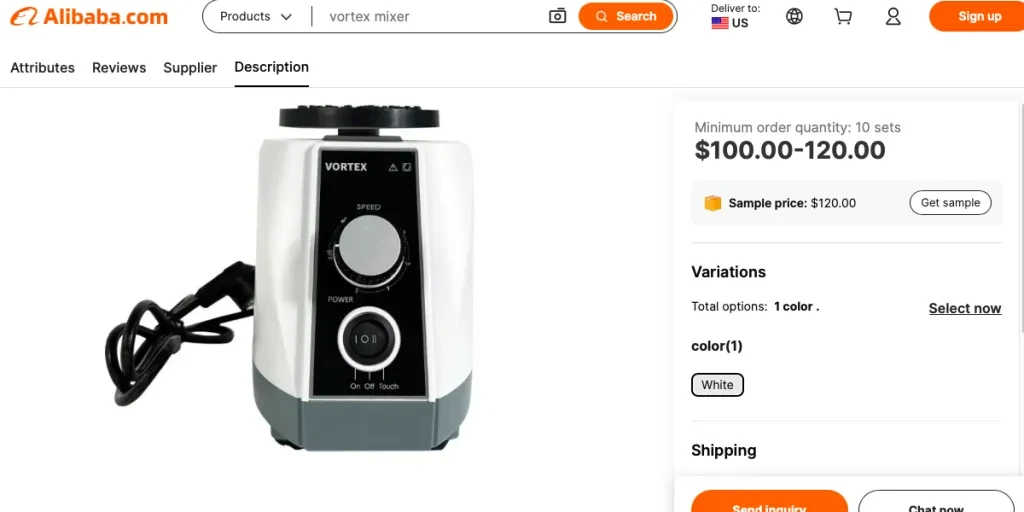
Platform shakers – these machines have a flat table or platform that shakes by oscillating horizontally. As with vortex shakers, these agitate liquids placed in beakers or flasks, or can hold test tubes in holes fitted into the platform.
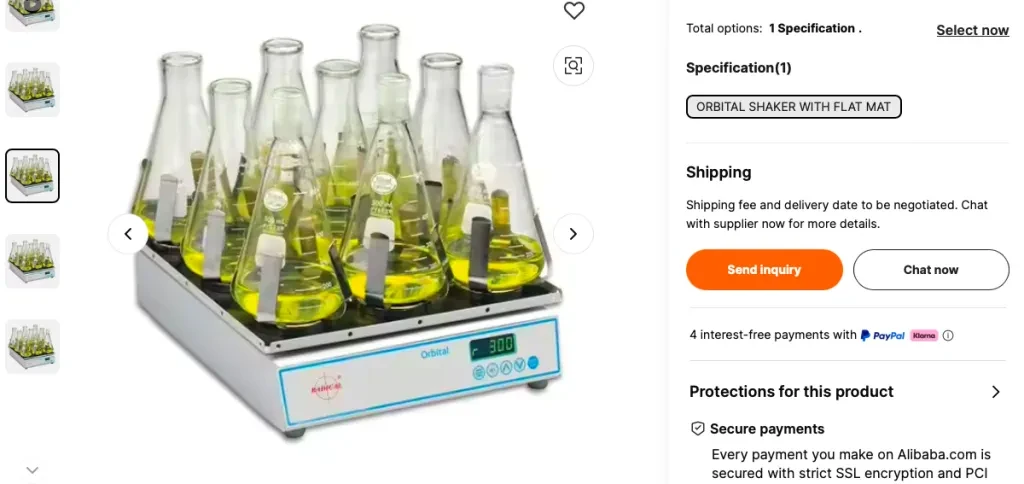
Orbital shakers – these are flat and compact machines that look a little like weighing scales. The shaking mechanism has a slow and gentle circular motion that does not create vibrations or generate much heat.
These features make this shaker suitable for culturing microbes as well as gentle mixing. These features also mean it is suitable to be placed inside an incubator to be an incubator shaker.

Incubator shakers – also called thermal shakers – are any kind of shaker that is suitable to be used inside an incubator to maintain the optimal environment for cultures to grow without generating excessive heat or movement.
Therefore, vortex and platform shakers are likely to be too aggressive to be suitable, whereas orbital shakers such as the one below offer a more gentle movement.
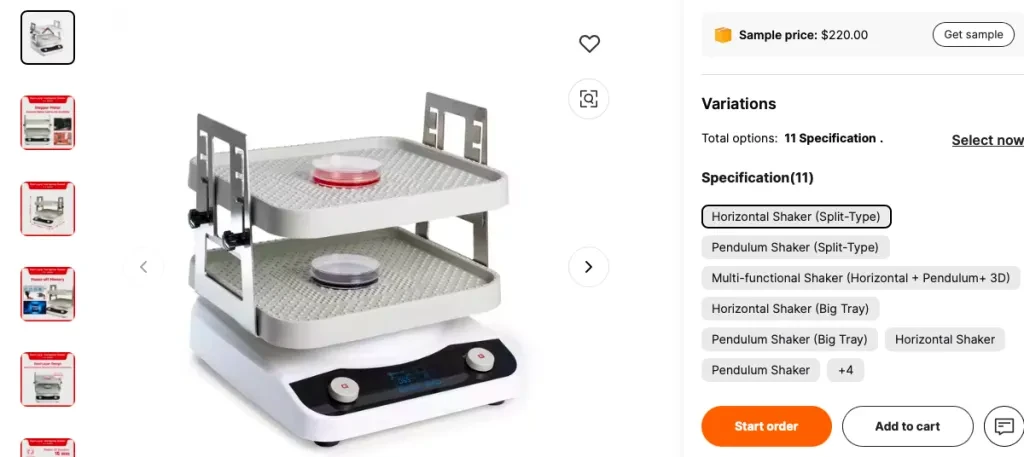
Paint shakers
Another use for shaker machines is to mix paints or inks. These machines might use a vibrating mechanism or rotating movement, and some will also add an up-and-down movement.
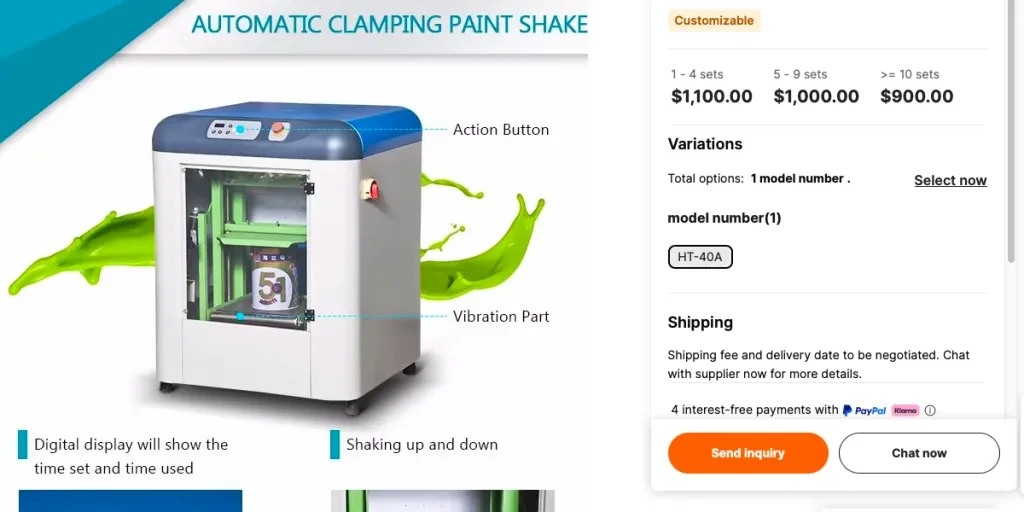
The key factors will include what materials are intended to be mixed, and then what type of platform and capacity. For example, a paint-mixing shaker will need to be able to hold a paint can of sufficient size.
Sieve shaker machines
Not all shaker machines are designed to mix products. At the industrial scale, many shaker machines are actually designed to sieve and separate by agitating particles from a sample through meshes of different apertures. Through this agitation, the particles are sized and separated, and distributed to separate containers.
Sieve shakers can be used for different reasons, as above, to categorize by size, or can be used to sift out and separate lumps to achieve a finer end product, or to filter out impurities from powders or liquids.
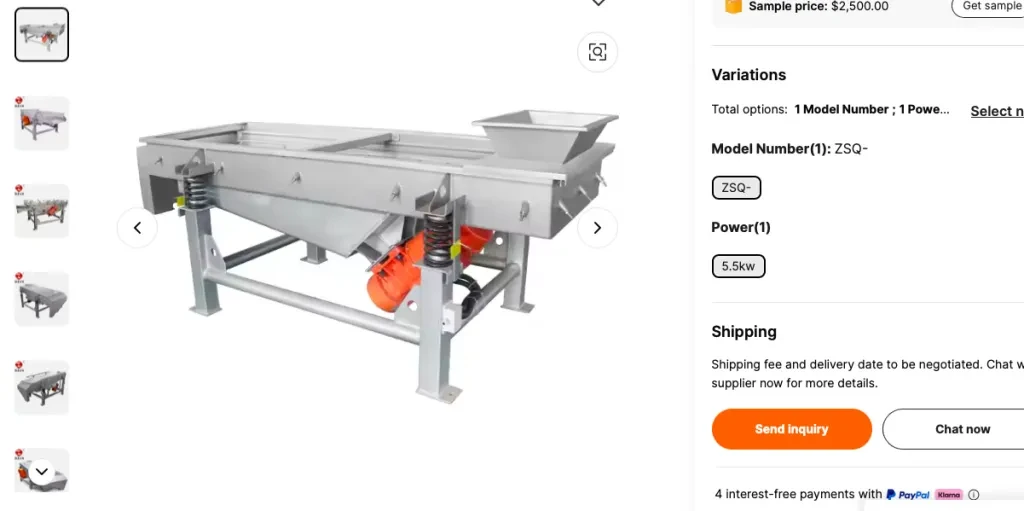
There are many different types of sieve shakers depending on what materials are to be processed. For example, one version uses a linear base and screen separation with vibration to separate fine and coarse grains of sand.
Other versions are configurable to different uses by providing a selection of fittings. In the photo below of a circular vibratory product shown on the Alibaba.com website, this sieve shaker can have multiple layers to sieve to different degrees of fineness.
Although the picture may make the shaker look countertop-sized, they are actually large free-standing machines of around 3ft (1M) high and wide.
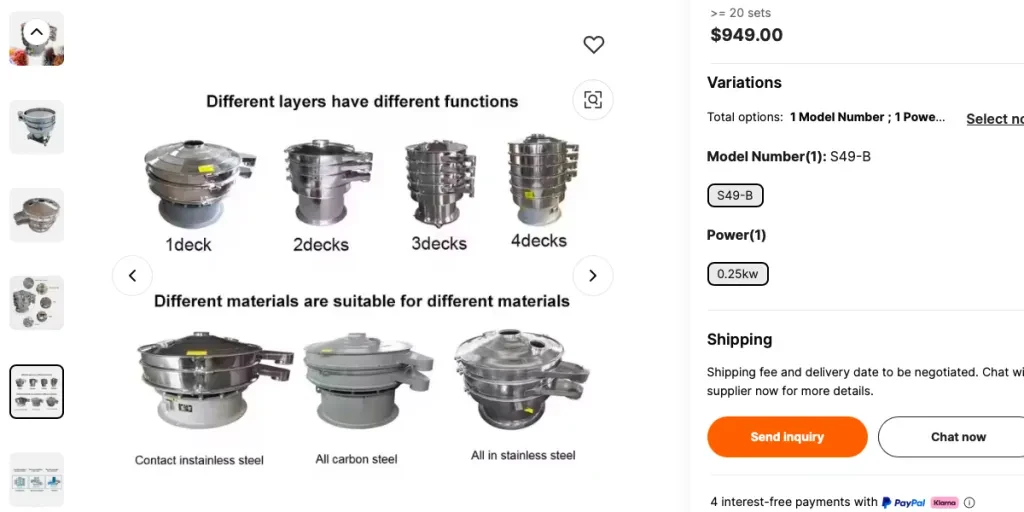
Shale shaker machines
At the larger level of shaker machines are the shale shakers. These shaker separators are used in a variety of drilling, such as coal mining and oil and gas. Such drilling industries use a water or oil-based fluid (often in mud) to lubricate the drilling process.
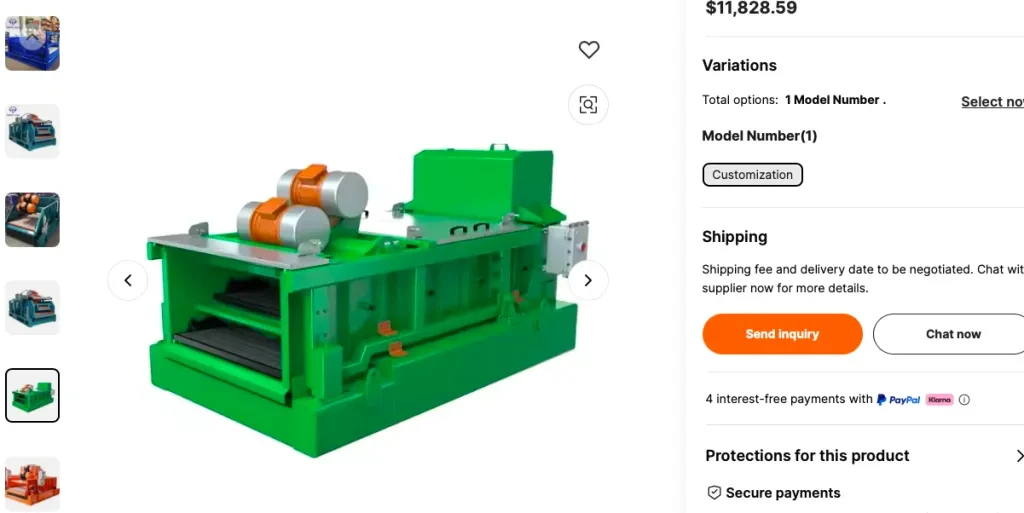
Shale shakers are a first phase control system used to remove and filter out solids such as rock and coal fragments to retain the lubrication quality of the drilling liquid. These shakers use a linear movement, such as the screen shaker shown above. They are large-scale machines that work in a heavy industrial environment.
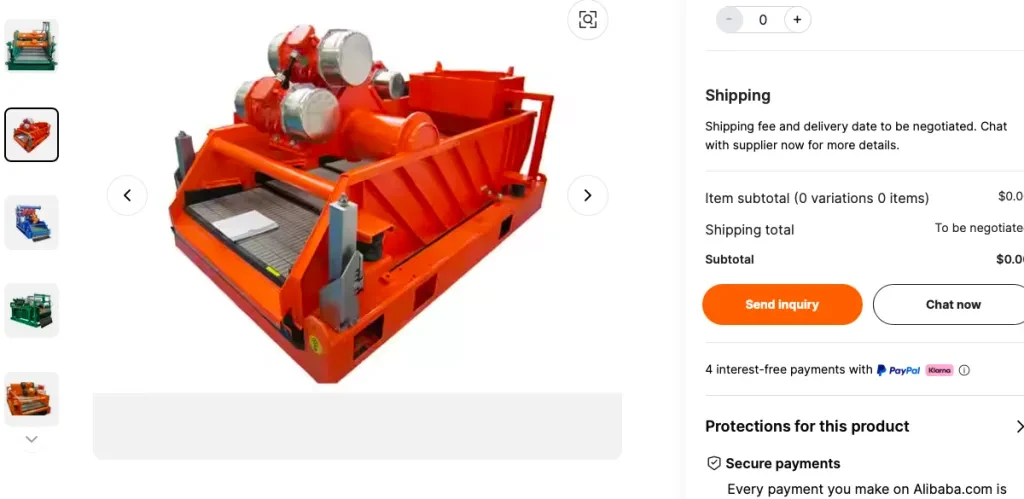
Key considerations in the choice of sieve shaker will be the materials to sieve and the overall capacity or throughput of the materials, as speed of processing can affect overall daily production.
Domestic or commercial sieve shaker machines
As a final example of the range of sieve shaker machines, there are small versions of sieve shakers that can be used in the home or small commercial operations, such as in the photo below. This model from Alibaba.com’s website is a small vibrating sieve or sifting shaker shown filled with flour.
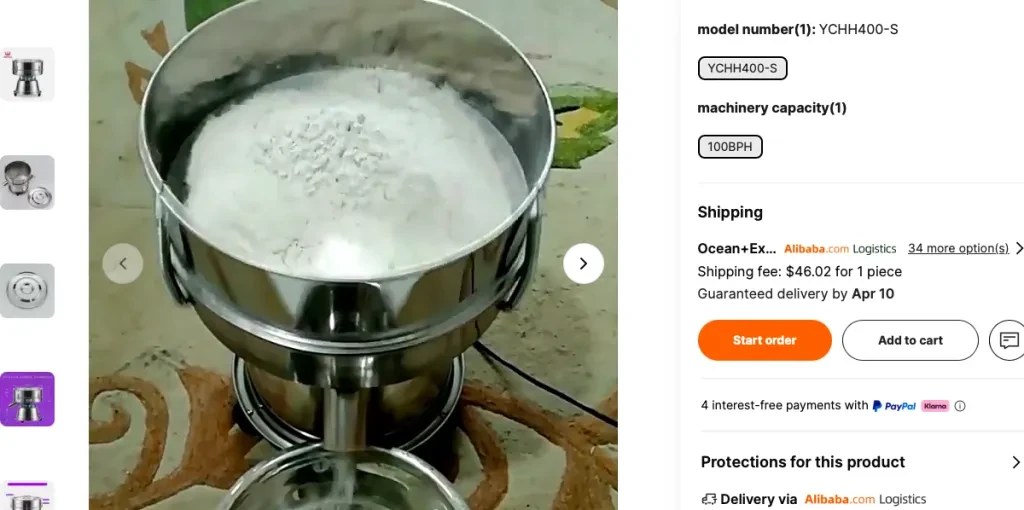
These small shakers work in the same way as their larger industrial cousins, by vibrating the substances through one or more meshes to reduce the size of particles that get through.
In this case, lumps of flour are broken up by the shaking to be small enough to make it through the mesh. Such small countertop machines can be used for a wide variety of home powders or even be used in laboratories for product sifting.
Exercise shakers
Included within the category of shaking machines are those that are designed for exercise and weight loss. In principle, these machines work in the same ways as other shaker machines, in that they require a stable base and a vibrating or oscillating platform, in this case to take the body weight of the user.

Exercise shakers are designed for the user to stand on while experiencing whole-body shaking or vibrating. The expectation is that this vibrating stimulates and activates the muscles of the body, leading to increased fitness and/or weight loss. Although there is limited peer-review research into the efficacy of these machines, they are very popular.

There are many different designs available, with some models also advertising the benefits of promoting lymphatic drainage, improving circulation, and reducing swelling.
Key factors to consider, aside from price, will include: the maximum weight capacity (of the person standing on the platform); width and stability of the platform (especially if the user intends to do other exercises while using the platform); and whether the shaker offers fixed or adjustable speed.
Final thoughts
This short introduction to shaker machines shows that there is a huge range of machines available, and with very different uses. At the smaller end are countertop vibrating shaker separators, used for sifting fine powders such as flour or coffee.
There are also plenty of small shakers that are used for laboratory work to mix, blend, and agitate chemical and biological materials, using orbital, platform, or vortex movements.
Other uses of shakers for mixing are paint and ink mixers that can use a combination of vibrating and oscillating movements to achieve a smooth finished product.
As shakers get to a mid-range size, they are mostly classed as sieve shakers for filtering and separating. This is most typically achieved through a vibratory movement either rotationally or with a linear screen. At the large industrial scale are the shale separators, also using a linear vibratory movement, as part of the heavy drilling processes in oil drilling and coal mining.
The last category covered in this article is the exercise and weight loss types that use a person’s whole body vibration to achieve health and fitness benefits.
For more information on the wide choices of shaker machines available, check out the Alibaba.com showroom.
